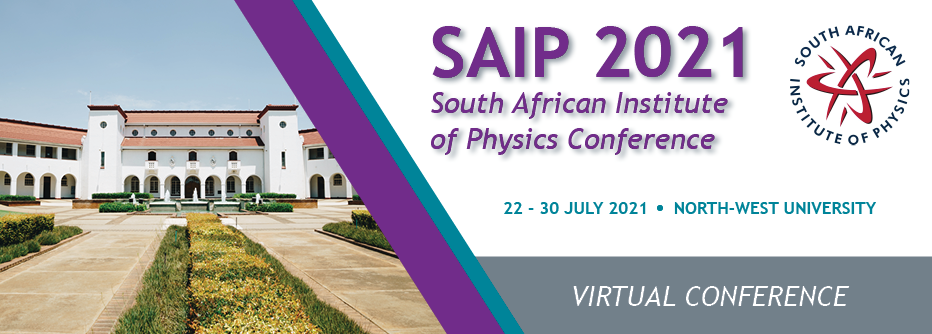Speaker
Description
$^1$Department of Physics, University of Cape Town, Private Bag X3, Rondebosch, 7701, South Africa
$^2$Department of Subatomic Physics, iThemba LABS, PO Box 722, Somerset West, 7129, South Africa
Positronium (Ps) is a system consisting of an electron and its anti-particle, a positron, bound together into an exotic atom, specifically an onium. The system is unstable: the two particles annihilate each other to predominantly produce two or three gamma rays, depending on the relative spin states. Energy and momentum conservation forbid annihilation to a single photon, with no constraints on higher order multiplicities at greatly decreased probability. The branching ratio for decays producing four or more photons is on the order <10$^{−6}$.
Experiments using $^{22}$Na as a source of positrons of various intensities have been measured with an array of eight LaBr$_3$:Ce scintillation detectors. These detectors combine good energy resolution (~40 keV FWHM at 511 keV) with excellent timing resolution (~300 ps) which allow for high quality photon time-of-flight measurements. From these measurements, the branching ratio for the next-to-leading order decay (four photon decay) of parapositronium (p-Ps) is determined, and compared to its theoretically calculated value $\text{BR}(\text{p-Ps} \rightarrow 4 \gamma ) \approx1.49 \times 10^{-6}$ [1].
[1] Andrzej Czarnecki and Savely G. Karshenboim. Decays of positronium, November 1999.
Apply to be considered for a student ; award (Yes / No)?
Yes
Level for award;(Hons, MSc, PhD, N/A)?
MSc

